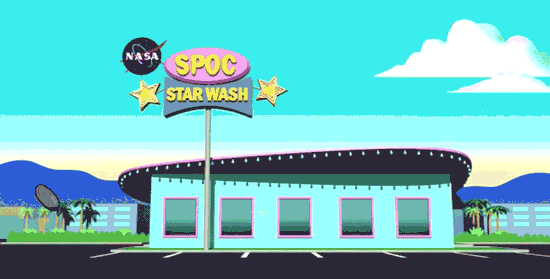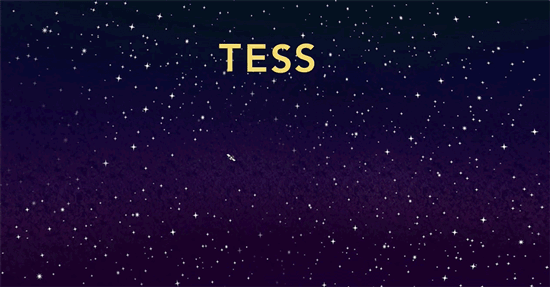Our latest space telescope, Transiting Exoplanet Survey Satellite (TESS), launched in April. This
week, planet hunters worldwide received all the data from the first two months
of its planet search. This view, from four cameras on TESS, shows just one
region of Earth’s southern sky.

The Transiting Exoplanet Survey Satellite (TESS) captured
this strip of stars and galaxies in the southern sky during one 30-minute
period in August. Created by combining the view from all four of its cameras, TESS
images will be used to discover new exoplanets. Notable features in this swath
include the Large and Small Magellanic Clouds and a globular cluster called NGC
104. The brightest stars, Beta Gruis and R Doradus, saturated an entire column
of camera detector pixels on the satellite’s second and fourth cameras.
Credit: NASA/MIT/TESS
The data in the images from TESS will soon lead to discoveries of
planets beyond our solar system – exoplanets. (We’re at 3,848 so far!)

But first, all that data (about 27 gigabytes a day) needs to be
processed. And where do space telescopes like TESS get their data cleaned up?
At the Star Wash, of course!

TESS sends about 10 billion pixels of data to Earth
at a time. A supercomputer at NASA Ames in Silicon Valley processes the raw
data, turning those pixels into measures of a star’s brightness.

And that brightness? THAT’S HOW WE FIND PLANETS! A dip in a star’s
brightness can reveal an orbiting exoplanet in transit.

TESS will spend a year studying our southern sky, then will turn
and survey our northern sky for another year. Eventually, the space telescope
will observe 85 percent of Earth’s sky, including 200,000 of the brightest and
closest stars to Earth.

Make sure to follow us on Tumblr for your regular dose of space: http://nasa.tumblr.com





Комментариев нет:
Отправить комментарий